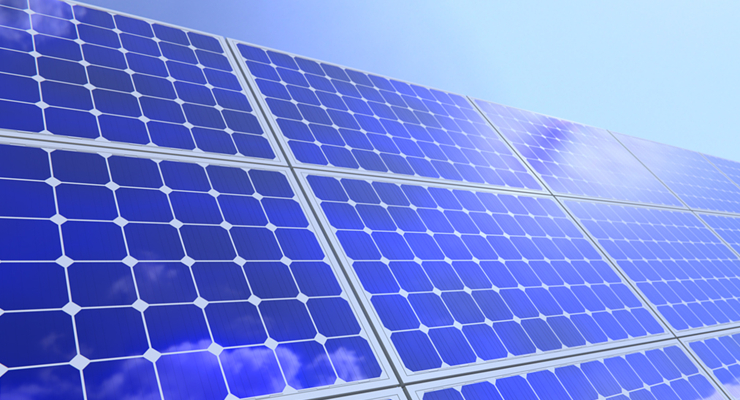Amorphous Silicon Thin Film Solar Cell
Amorphous silicon thin-film solar cell is a kind of solar cell with the best environmental protection performance, which is prepared by using amorphous silicon semiconductor materials on glass, special plastics, ceramics, stainless steel, etc. as substrates. In 1976, Carlson and others of RCA Laboratory in the United States developed amorphous silicon and reported the first amorphous silicon thin-film solar cell, which attracted worldwide attention. The reason why amorphous silicon thin-film solar cells have received widespread attention is that they have the following advantages: light weight, high light absorption coefficient, high open circuit voltage, good radiation resistance, high temperature resistance, simple preparation process and equipment, and low energy consumption. It can be deposited on any substrate with low deposition temperature and short time, suitable for mass production.

Although amorphous silicon is a good battery material, it still has some shortcomings: (1) The optical forbidden band width is 1.7eV, which makes the material itself insensitive to the long-wave region of the solar radiation spectrum, thereby limiting its photoelectric conversion efficiency . (2) The photoelectric conversion efficiency will decay with the prolongation of the illumination time, the so-called light-induced degradation (S-W) effect, which makes the battery performance very unstable. In recent years, domestic and foreign research on it is mainly to improve the photoelectric conversion efficiency and light-induced stability, and some improved methods have been obtained: adopting multiple junction layers with different band gaps; reducing surface light reflection; using thinner i-layers. Through these efforts, the light-induced attenuation rate of amorphous silicon thin-film solar cells has been reduced from 30% to 15%, and the photoelectric conversion efficiency has also been improved to a certain extent. The preparation methods of amorphous silicon thin film solar cells include reverse sputtering, low pressure chemical vapor deposition (LPCVD), plasma enhanced chemical vapor deposition (PECVD) and hot filament chemical vapor deposition (HWCVD).
Villar.F of the University of Barcelona, Spain, used the HWCVD method to prepare an amorphous silicon thin-film photovoltaic cell with a conversion efficiency of 4.6% at a temperature below 150°C. Japan’s Mitsubishi Heavy Industries (MHI) has produced the world’s largest high-efficiency amorphous silicon thin-film solar cell with an area of 1.4m×1.1m, with a conversion efficiency of 8%. At present, the photoelectric conversion efficiency of stable single-junction amorphous silicon thin-film solar cells is up to 9.5%. my country’s research on amorphous silicon thin-film solar cells reached a climax in the mid-1980s, and some results have been achieved: the laboratory conversion efficiency of single-junction amorphous silicon thin-film solar cells with an area of 1cm×1cm and 30cm×30cm has been developed. Reach 11.4% and 6.2% respectively. In 2000, the research on silicon-based thin-film solar cells focusing on double-junction amorphous silicon thin-film solar cells was listed as a national key basic research and development program “973” project.
In view of the good development prospects of amorphous silicon thin-film solar cells, my country will build the country’s largest amorphous silicon solar thin-film production base in Chongzhou City, Sichuan. After completion, the annual production capacity is expected to reach 30MW. If it can solve the problems of poor stability and low conversion efficiency of amorphous silicon thin-film solar cells, it will occupy an increasingly important position in the future photovoltaic industry.
